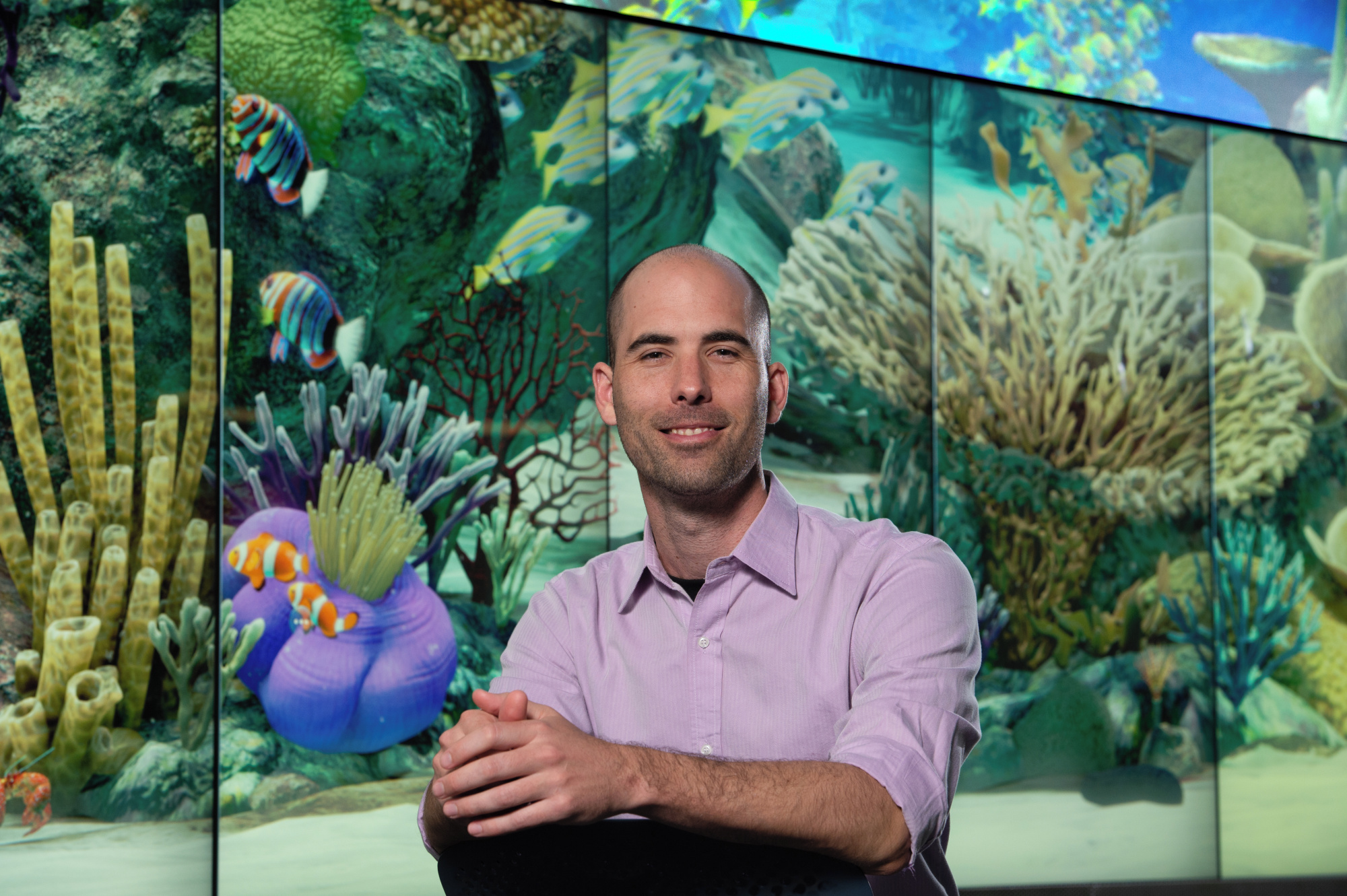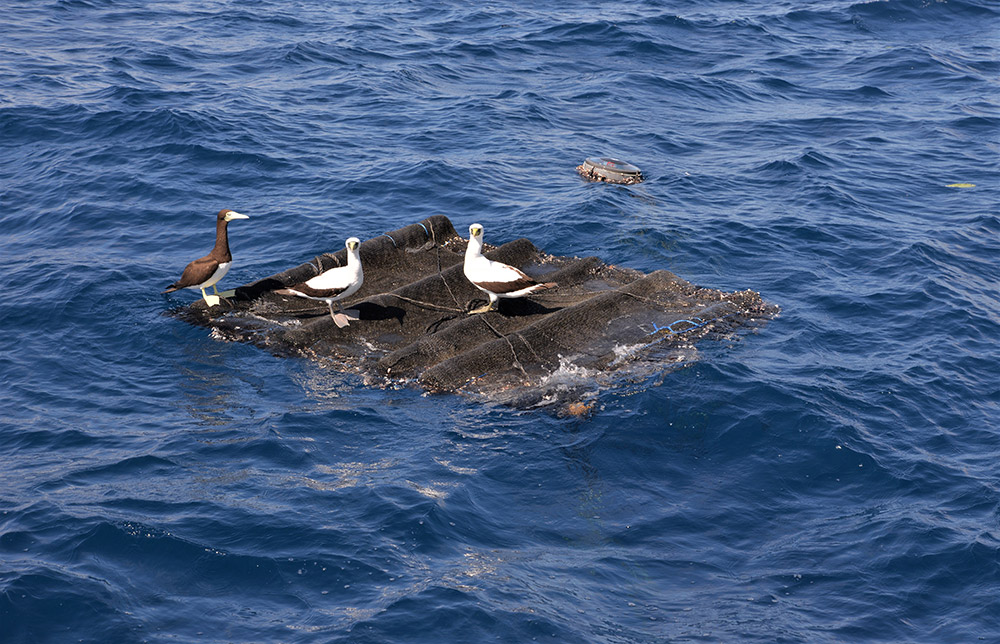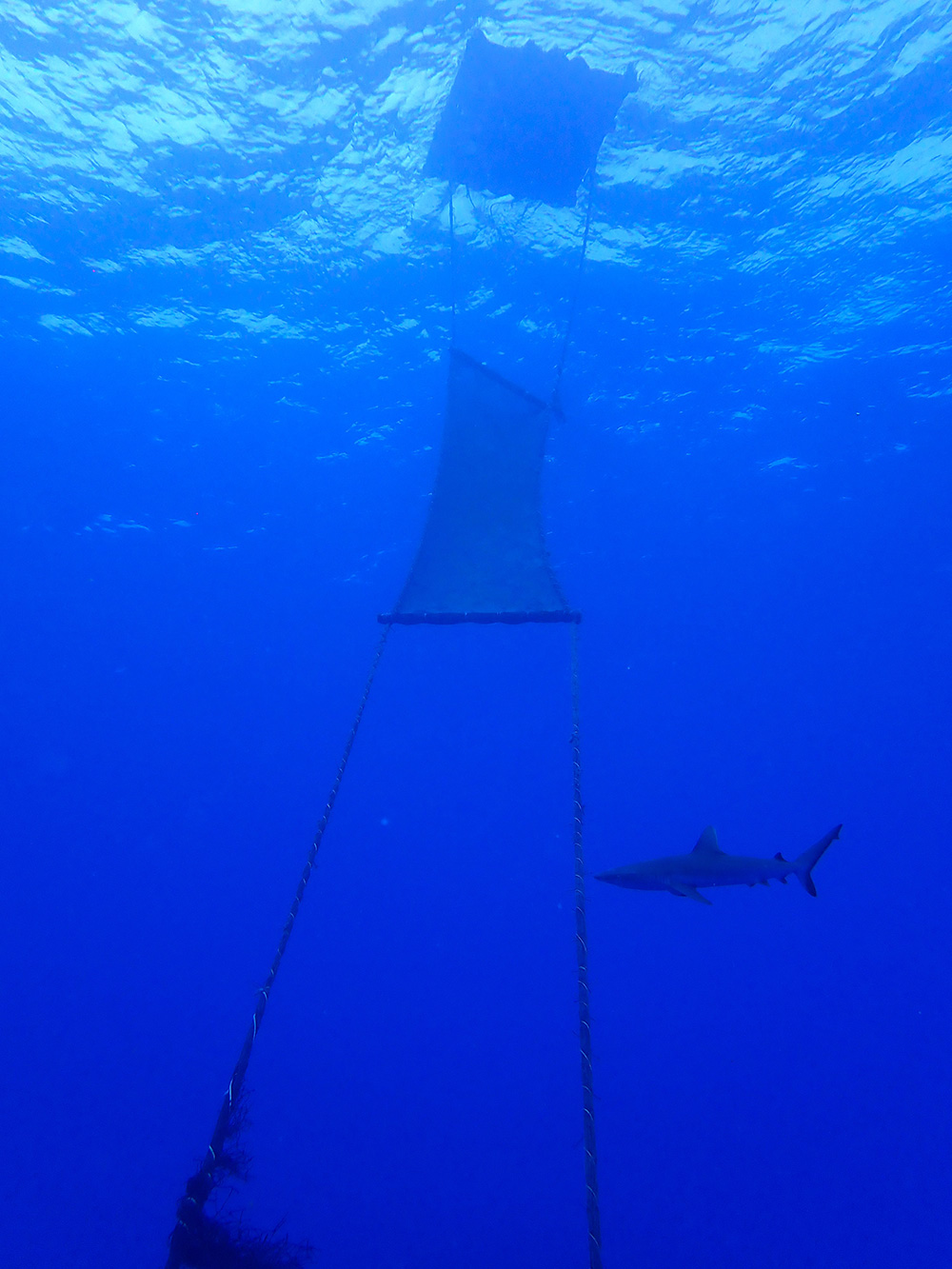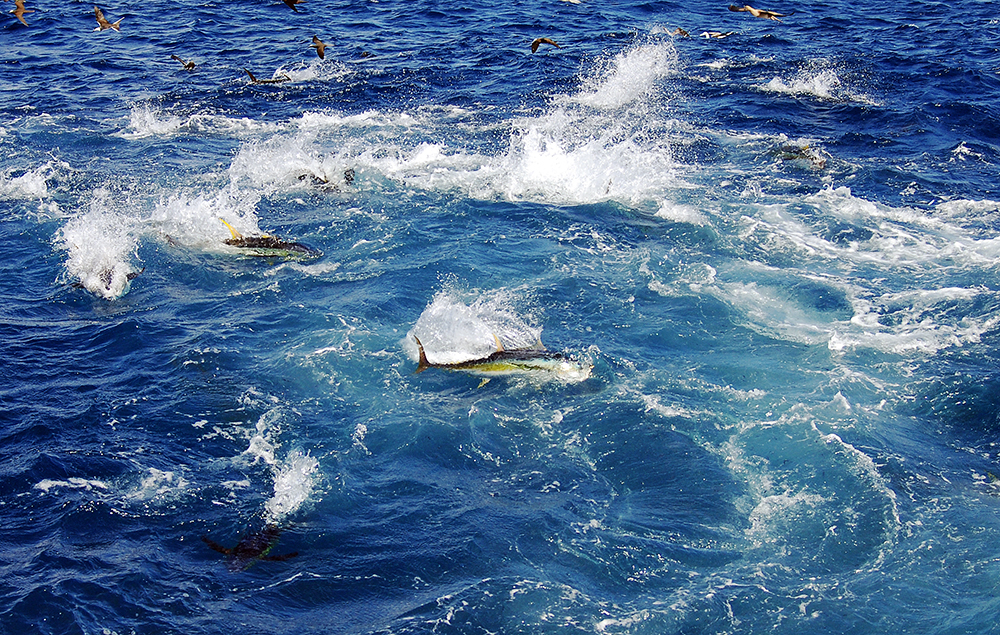A QUT researcher has suggested a technology widely used by fishing fleets to attract open ocean species could be used in Marine Protected Areas to protect, conserve and sustain exploited fish species.
A fish aggregation device (FAD) is a human-made structure, with some designed to drift (dFAD) in the open ocean and attract fish like tuna, that swim past in schools.

Professor Michael Bode from the QUT School of Mathematical Sciences said a dFAD is simply a mat or raft that is attached to floats and/or a buoy – which was often fitted with a satellite location device and drifts with the ocean currents.
“Fish in the pelagic zone stay away from the ocean bottom and the shore, which makes them hard to find – as opposed to reef fish, or demersal fish that live on or near the sea floor,” Professor Bode said.
“The species of pelagic fish commonly targeted by commercial operations include tuna, marlin, and mahi-mahi (dolphin fish).
“Drifting FADs attract schools of these fish, making them easier and cheaper to catch. The technology has transformed the world’s open ocean fisheries over the past 20 years.
“Most of the tuna you find in a can, for example, were caught using dFADs.”

Professor Bode said his team’s research found that these same dFADs could be used to enhance blue water Marine Protected Areas (MPAs).
“If fishing fleets can use dFADs to attract fish towards their nets, why can’t we use them to attract fish into protected areas?” Professor Bode said.

Pic: Kydd Pollock-TNC
“Also, by increasing the local density of exploited species, they may also improve the function of ecosystems in blue water MPAs.
“Breakthroughs in drone and autonomous technology can ensure these conservation FADs (cFADs) stay inside the protected areas.
“If used as conservation devices, cFADs could amplify the benefits of blue water MPAs.”
Professor Bode said cFADs could help to solve the primary problem with blue water MPAs – that they are too small relative to the vast ocean, making protecting pelagic species in these areas difficult.
“We find this use of cFADS could overcome the conservation areas’ small size, compared with the vastness of the ocean, by giving fish an ‘incentive’ to remain or congregate within the protected area.
Professor Bode conducted the research with Edward T. Game, The Nature Conservancy‘s (TNC) Asia Pacific Lead Scientist & Director of Conservation, and TNC‘s Alex Wegman (California) and Kydd Pollock (Hawai’i) TNC’s Pelagic Conservation Strategy Lead with The Nature Conservancy’s Climate Adaptation and Resilience Laboratory at Palmyra Atoll in the Central Pacific Ocean.
Co-author Edward T. Game said that by putting FADs inside MPAs, we could increase the time that species like tuna spend in those MPAs (where they can’t be caught) thereby reducing mortality rates.

“Somewhat amazingly, we found that even a small number of FADs inside a blue water MPA can meaningfully amplify the benefits of that MPA.”
Co-author Kydd Pollock said using FADs as a conservation tool is unique.
“We can have control over where they are positioned, so therefore can keep them inside an MPA and use them to aggregate the fish and increase their residence time within protected waters.
“Efficient seabird foraging is closely tied to breeding success, so by having consistently higher fish biomass in a region benefits the entire ecosystem,” Mr Pollock said.

Palmyra Atoll is one of the Northern Line Islands (southeast of Kingman Reef and north of Kiribati). It sits in tropical oceanic waters five degrees north of the equator, roughly halfway between Hawaii and American Samoa.
View paper: Fish aggregating devices could enhance the effectiveness of blue water marine protected areas
Visit: nature.org/HawaiiPalmyra








